Eat the Rainbow: 11 Vegetables of a Different Color
Updated: Apr. 20, 2022
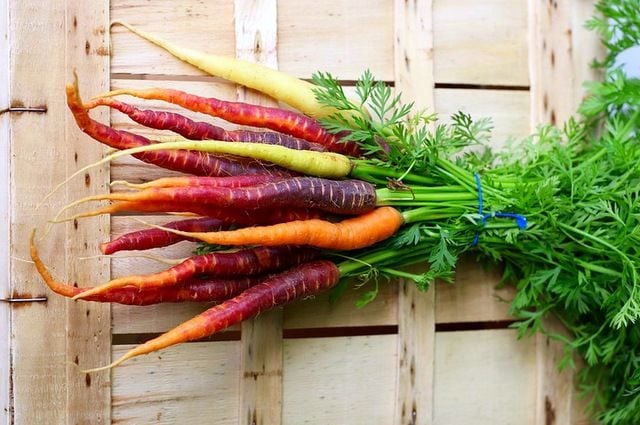
Purple carrots, blue potatoes, and black tomatoes? Plant a garden full of unexpected vegetables and eat the rainbow!
You’ve probably heard the phrase “Eat the rainbow.” It refers to the idea of filling your plate with fruits and veggies of lots of different colors to reap the nutritional benefits of a balanced diet. What you might not realize is that all those colors can actually come from different vegetables than you might expect. Looking for orange? Try a cauliflower. Purple? How about carrots?
Your first reaction on seeing orange cauliflower or purple carrots might be to think, “They need to stop messing around with nature already!” But the truth is, most of these uniquely colored veggies are actually heirloom varieties that have been around for centuries or longer. Many of the vegetables we eat have a variety of colors in nature, but over time we’ve selectively bred them for certain characteristics. So even though purple carrots were common in Asia a thousand years ago, orange is the only color we tend to think of today. Seeking out these older varieties can give the phrase “eat the rainbow” a whole new meaning.
Here are 11 vegetables of a different color to try in your own garden this year. New to vegetable gardening? We’ve got you covered:
- Seed Starting Basics
- Why You Should Grow Heirloom Veggies
- 5 Common Mistakes in the Backyard Vegetable Garden
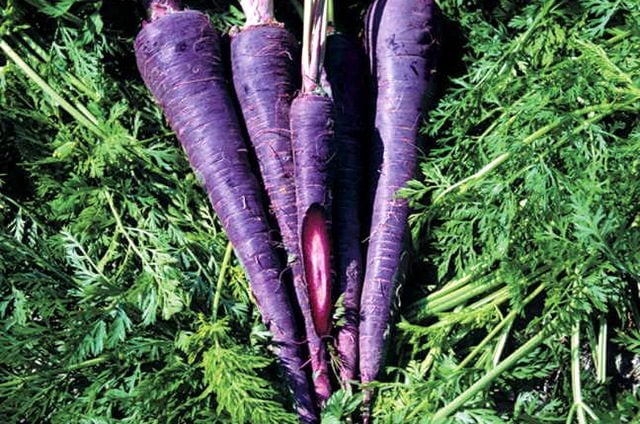
Purple Carrots
Believe it or not, early carrots were more likely to be purple than orange! They were also commonly red and yellow. Over the centuries, as carrots were selectively bred to be sweeter and more tender, the orange varieties came to the forefront. Purple (and red, yellow, and white) carrots are still available though, and though they’re not as good eaten fresh, they’re delicious when cooked.
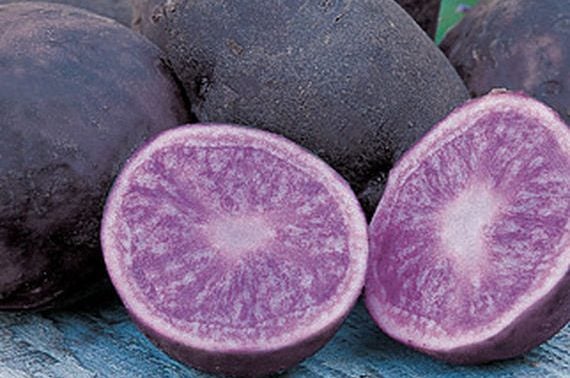
Blue Potatoes
There are close to 4,000 varieties of potato, all of which can be traced back to a single origin in southern Peru. Over time, they’ve been bred and developed for a variety of characteristics. Blue and purple potatoes aren’t common in the U.S., but they’re fun to grow and delicious to eat.
Try: All Blue, Burpee
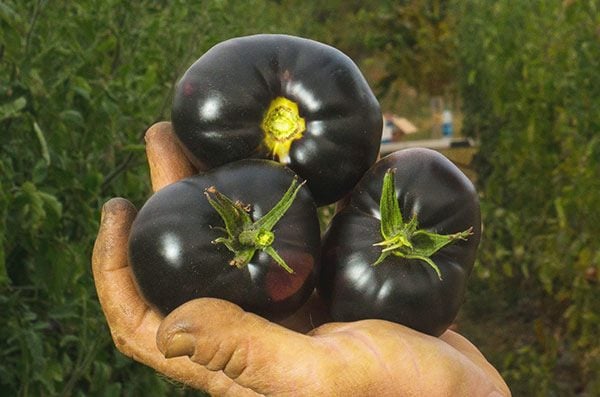
Black Tomatoes
Black tomatoes contain higher amounts of anthocyanin, which actually give them a longer shelf life naturally once harvested. The flesh inside is a deep red, making for a fantastic show in a salad. Be sure to give them plenty of sun while ripening to bring out the dark color of the skin.
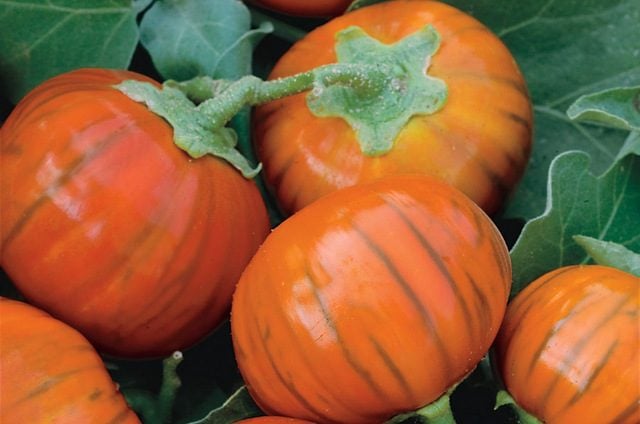
Orange Eggplants
You’re used to purple eggplant, and maybe you’ve come across the white varieties. What about orange? This African variety (the others are from Asia) sets fruit about the size of a baseball, which is very sweet. It’s small enough to grow in containers, so just about anyone can give it a go.
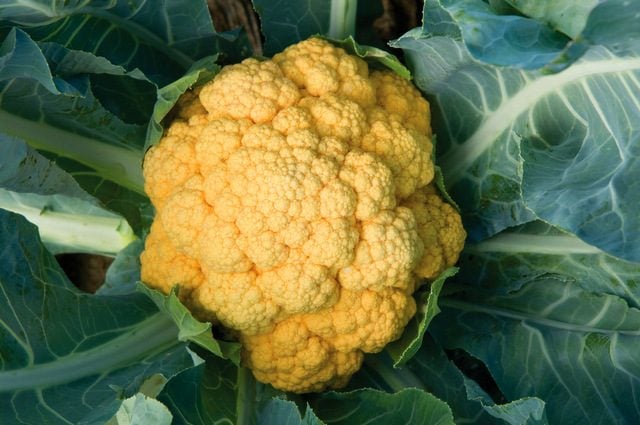
Orange Cauliflower
Though this variety is sometimes called ‘Cheddar’ cauliflower, it tastes nothing like cheese. The orange coloration comes from beta-carotene, which is converted in the body into vitamin A. Unlike some other vegetables that lose color when cooked, the orange of this cauliflower actually becomes more vibrant.
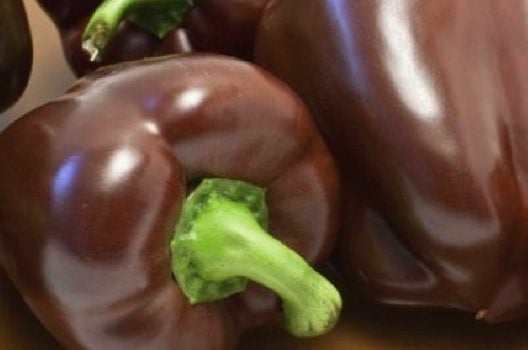
Chocolate Peppers
OK, they don’t actually taste like chocolate, but these pretty brown peppers are truly unique. Like other bell peppers, they aren’t overly hot, but instead have a sweet flavor, especially when fully ripe.
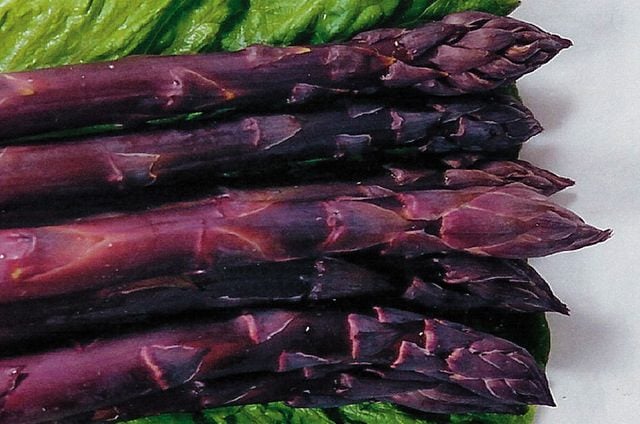
Purple Asparagus
It’s not just the pretty purple hue that makes this asparagus special. Purple asparagus varieties are larger and less fibrous, so they can be eaten from base to tip and are tender throughout. Treat all kinds of asparagus as perennials in your garden; they take two years to come to maturity, but after that they’ll continue to produce for many more years to come.
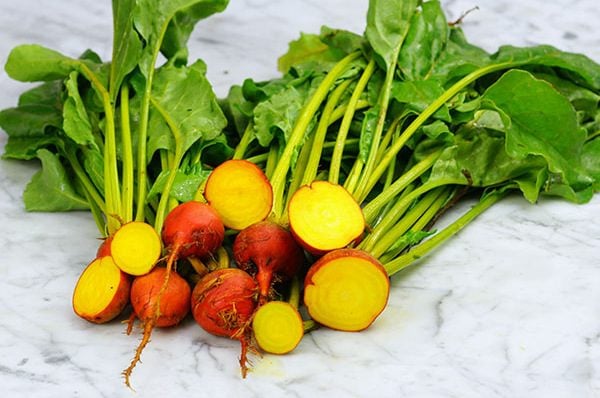
Golden Beets
If you’ve never liked the way red beets stain everything they touch, golden beets might be just what you’re looking for. They hold their color well after cooking, and may be even sweeter and smoother than their cousins.
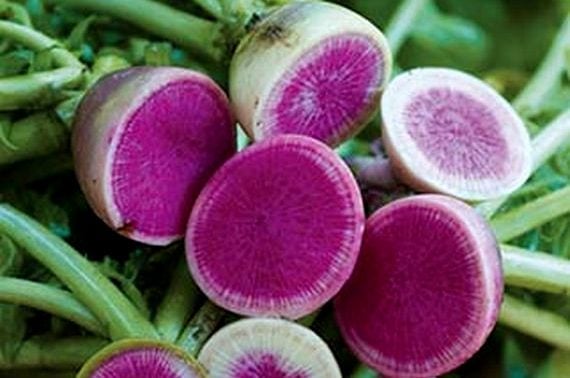
Watermelon Radish
Nope, it doesn’t taste like a watermelon, but it sure does look like one when you cut it open! Aside from its unique appearance, this radish is sweeter and milder than other radishes. The longer you leave it in the ground, the sweeter it gets.
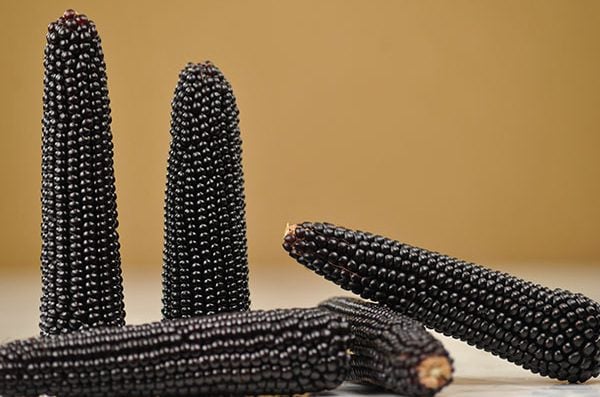
Black Popcorn
Anyone who’s ever seen the decorative ears sold in the fall as “Indian Corn” knows that corn isn’t always yellow or white. Darker colors, like this black corn, usually have tougher hulls, and so aren’t suitable for eating on the cob. Instead, grow black corn to make your own popcorn.
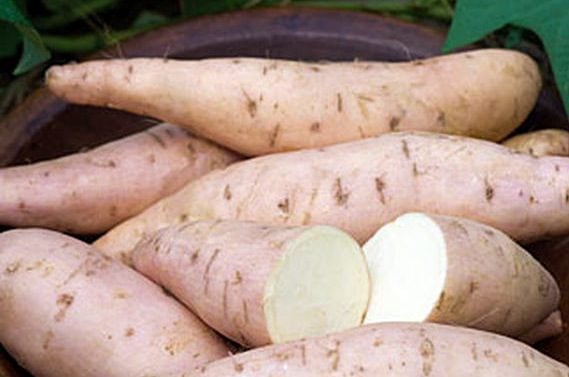
White Sweet Potatoes
These may have the color of a traditional potato, but the shape definitely says, “sweet potato.” White sweet potatoes have a crumbly flakier texture more like regular potatoes when baked, but they’re much sweeter. This potato has a long growing season, so may not be suitable for far northern areas.
Try: Bonita, Burpee




















